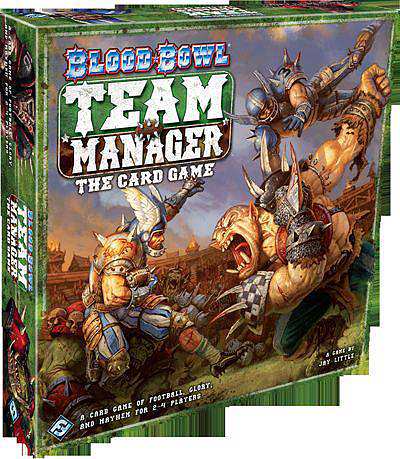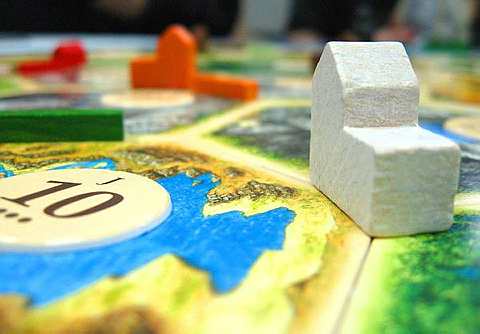How much of a gamer are you? I am talking about the non-electronic gamer sort, of course.
I was just taking stock of my own playgroup’s gaming habits, after our recent move into starting our own Blood Bowl: Team Manager – The Card Game league.
(By the way, the game’s an awesome, must-have for those looking for a standalone game that has a lot of “fan-modding” and self-customisation potential. Plus, the swift gameplay makes it a very do-able lunchtime fixture.)
On top of trading card game (TCG) staples Magic: The Gathering and World Of Warcraft (WoW), we also occasionally dabble in boardgames, with Last Night On Earth being a recurring choice. I consider us to be a rather distinct gamer demographic.
What does the average Malaysian gamer play anyway? I was curious to see if certain long-held generalisations held true. For example, retailers here have long-reported that “family-oriented” and simpler boardgames often pull in the steadiest sales.
According to Edwin Wong, owner of one the larger Malaysian games distributors Imagine Games, while there are a plenty of new games around, there is an unofficial “80:20 rule” for the market.
“This means that 20% of our market comes from new game titles, as they often appeal to the more experienced and existing gamers. The remainder are people who have never played these games before and they inevitably only buy the handful of more popular Euro-style boardgames, such as Settlers Of Catan, Dixit, Carcassonne and Blokus,” he says.
What about minis?
One niche part of tabletop gaming – miniature gaming – arguably has the smallest following here. This is something that Wong readily concedes, as the instant gratification options offered by video and online games, is something that will continuously eat at the influence of miniatures.
Imagine Games achieved a coup of sorts recently by securing exclusive distributorship for the marquee Britain-based miniature gaming giant, Games Workshop.
Wong says that prospective miniature gamers need to be wooed with time-effective and simple enough methods. He reckons that miniature gaming needs to make a very strong “first impression” in order to reel in more fans. That means the first game demos need to involve well-built sceneries and professionally-painted minis.
Next up are the minis themselves – they need to be shown how the paints are applied. Wong says that “three-minute game demos need to be executed”, something he reckons is a sweet spot in terms of “effective demo-ing”.
Finally, Wong aims to get more events going in order to push miniature gaming here.
“December will be the launch month for our Games Workshop brand in Malaysia. The 1 Mont Kiara Mall in Kuala Lumpur will be hosting our GW Showcase where visitors will be able to see and do a variety of things,” Wong shares.
Visitors will not only be able to learn to play the miniature games, but also related board games, card games, living card games (LCGs) and role-playing games (RPGs) in the GW universe. Imagine Games is the exclusive distributor for Fantasy Flight Games in Malaysia, too.
Boardgames FTW
While miniature gaming gets a boost in Malaysia, Wong and I agree that boardgaming is where it’s at. As he puts it, “the biggest changes are taking place in the board game market.”
Firstly, the production of new games seems to be at an all-time high, with just about anybody designing games these days.
Secondly, given the above, many can afford to self publish or get a small independent publisher to do a print run.
Thirdly, because the people who design these games don’t have capital or know-how, they use big US distributors like Alliance to sell their games. This poses problems for independent distributors who do not have enough range of titles for retailers to take any real volume from them.
So the scene has changed from five years ago when “few games released by big publishers” have changed to “many games released by independent players”.
This last point is something that’s readily apparent: A number of game designers are now thriving on a formula pioneered by the makers of this year’s Startup Fever.
The game producers took in donations online. The higher the donations, the more customised and unique your boardgame copy became. And, the game does not get produced until a minimum quantity is ordered.
I’ve seen this formula repeated in a number of newer boardgames, and this trend looks like a fresh take on gamer-based crowdsourcing.
Chee Yih Yang seems to be stuck in mid-table mediocrity in his local Blood Bowl. The Rats need a lot of work before they can become championship material. E-mail yihyang@gmail.com for gaming info or questions or leave your comments here.
Follow him on Twitter (@arcturus mengsk).



Tell us what you think!